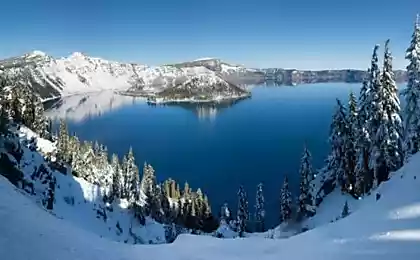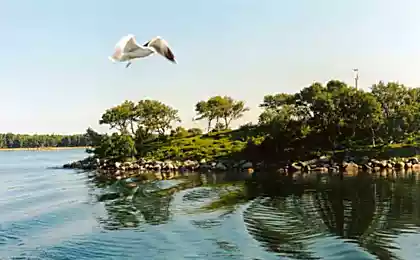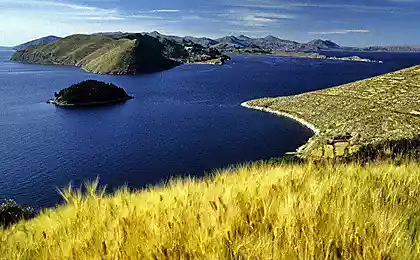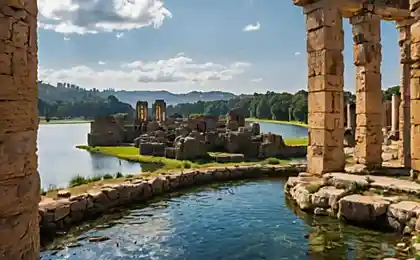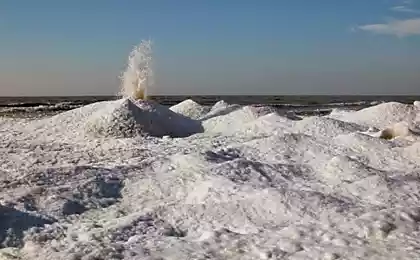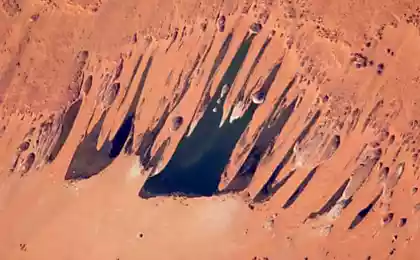806
10 largest lakes in the world. They are beautiful and dangerous at the same time!
On our incredibly beautiful planet we have a huge variety of beautiful corners of nature. The mystery of some of them are not yet fully solved, they frighten their desolate silence, old trees and millenary stones. The other has long been trodden track travelers, tourists and vacationers. There has long studied all the paths, photographed every stone and concreted track ... Of all the natural phenomena in a separate category, you can select the lake. They are not as huge as the sea, not so fast, like a river, but there is a magic in their beauty and mysterious silence of something special. It attracts like a magnet to these places and do not want to let go again. In this collection you can see the 10 largest lakes in the world, which at the same time just a fabulously beautiful, and learn interesting facts about them.
The Caspian Sea
Despite its imprecise name, is the largest lake on the planet. It is located at the junction of Europe and Asia, and the title is obtained because of its enormous size. The shape of the Caspian Sea resembles the Latin letter S. The length of the coastline of the Caspian Sea is almost 7000 kilometers. Its maximum depth - 1025 meters. In this regard, it is second only to Lake Baikal.
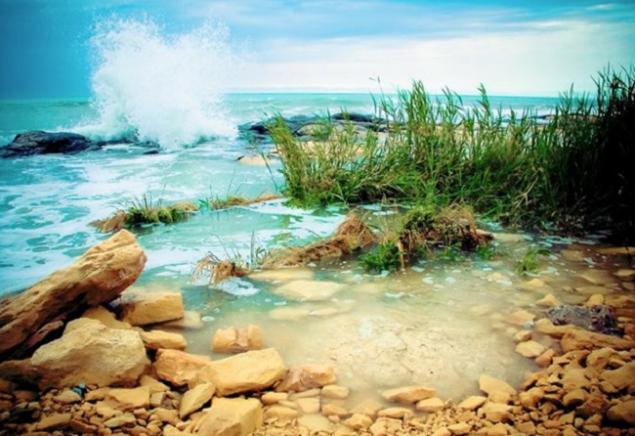
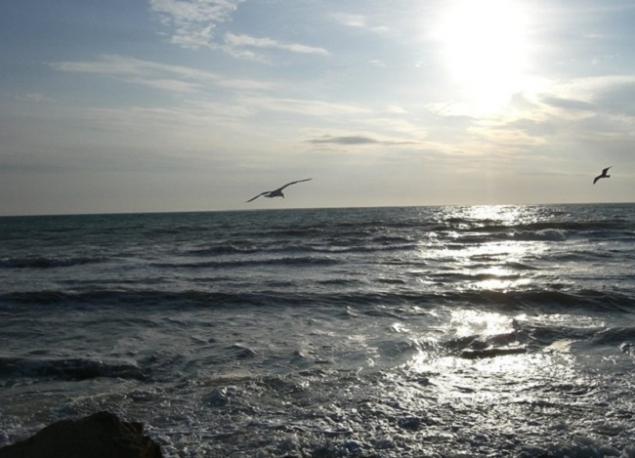
Victoria
This lake is the third largest in the world in general and the second of freshwater lakes. It is at the same time in Tanzania, Kenya and Uganda. British explorer John Hanning Speke in 1858 opened the lake and named it in honor of Queen Victoria. The area of the reservoir 68 thousand sq. M. km, length 320 km, maximum width of 275 km. The north coast of the lake crosses the equator. In the vicinity of Victoria's 30 million people live.
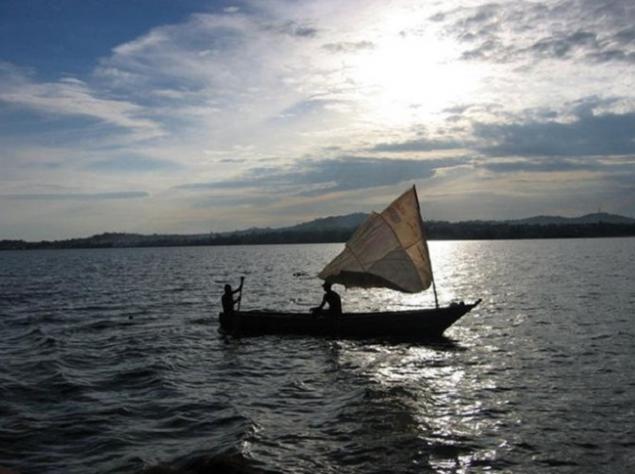

Michigan
The area of the North American Lake about 57 750 sq. km. This is only one of the Great Lakes, which is located entirely within the United States. About four months of the year it is covered with ice. To have access to Lake Michigan, Indiana, Illinois and Wisconsin.
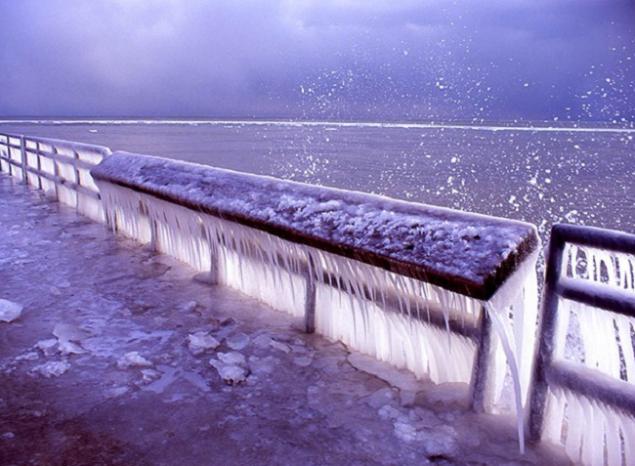
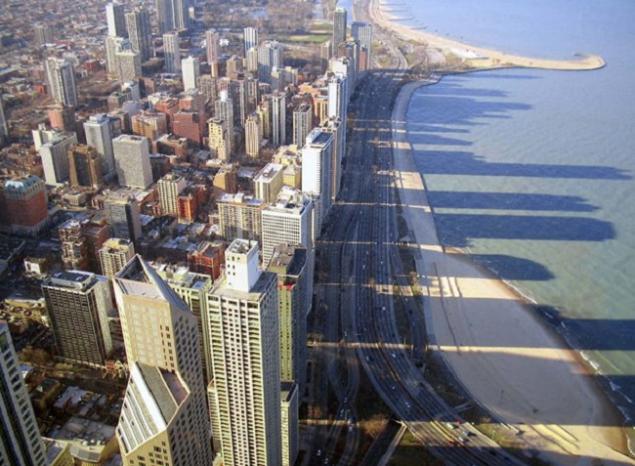
Huron
One of the North American Great Lakes, which is both in the US and Canada. It is located just north of Lake Michigan and connected with it the Strait of Mackinac. Huron area - about 59, 6 thous. Km. square (the second largest among the Great Lakes). This lake overlook Michigan and the Canadian province of Ontario. The name of the pond have given the French name of one of the Indian tribes.
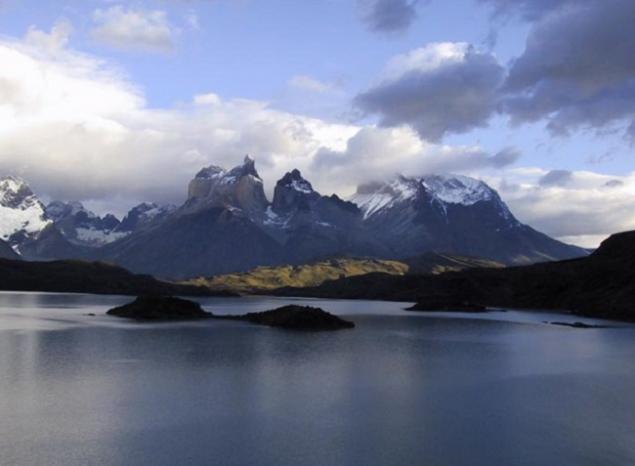
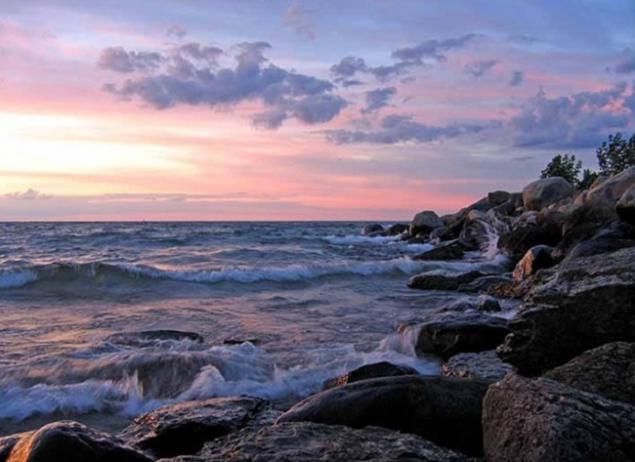
top
The biggest, deepest and coldest of the North American Great Lakes, the second largest in the world, the largest in the world of freshwater. The origin of Lake Superior due to the melting of the ice sheet, which was formed at the receding number of large bodies of water, a lot of times to change its shape.
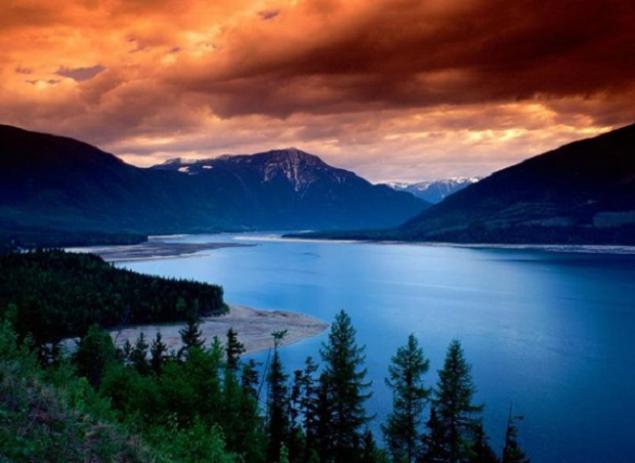

The Aral Sea
This salt lake in Central Asia, on the border of Kazakhstan and Uzbekistan. The last few decades, the water level in it is constantly decreasing due to the constant intake of water from the Amudarya and Syrdarya rivers for irrigation purposes. The water coming from the fields in the direction of the two rivers, caused deposits of pesticides and other hazardous chemicals at the bottom of the lake. Dust storms pick up and spread chemicals over long distances. Therefore, the locals get sick much of respiratory and other diseases.
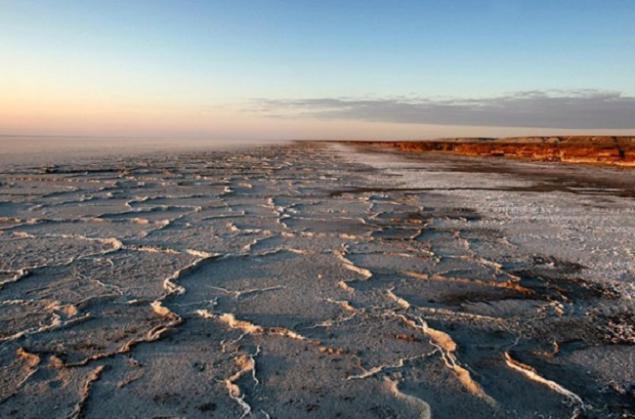
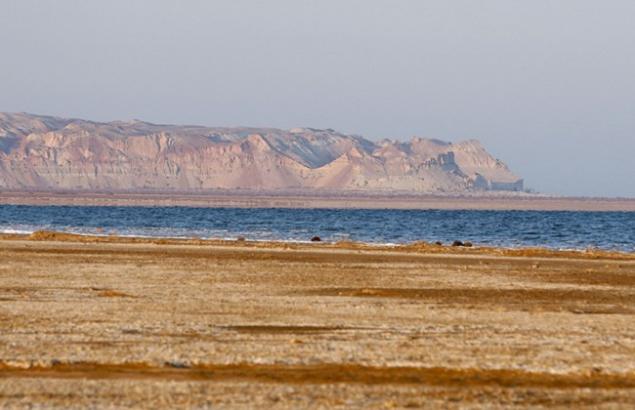
Tanganyika
A large lake, which is located in Central Africa. It was discovered in 1858 by British travelers and J. R. Burton. Speke. The waterfront combine four countries: Democratic Republic of the Congo, Tanzania, Zambia and Burundi. The area of the lake reaches 34 thous. Km. sq. Its coast consists mostly of rocks. The lake is inhabited hippos, crocodiles, the local population is engaged in fishing, development of navigation. Living organisms are found in the lake just 200 meters in depth, is saturated with water and then concentrated hydrogen sulfide.
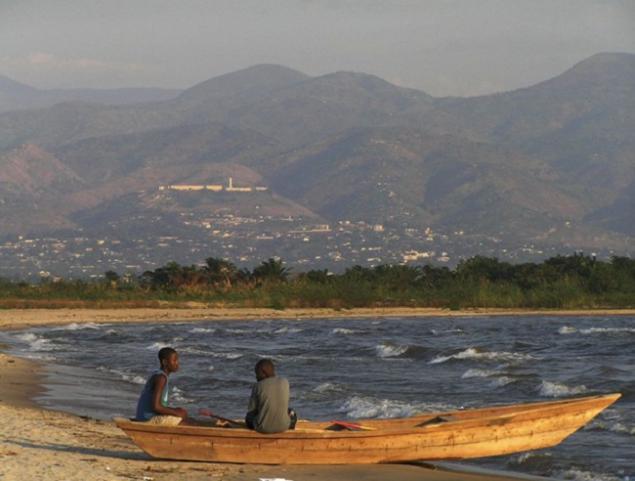
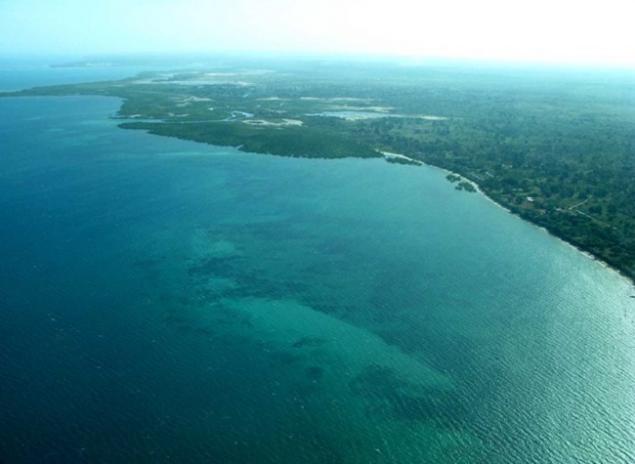
Baikal
The deepest lake of our planet. It is located in southern Siberia and has a tectonic origin. The lake and the area around it are unique in the number and variety of its flora and fauna. More than half of the lake is covered with ice. On all sides surrounded by mountain ranges Baikal.
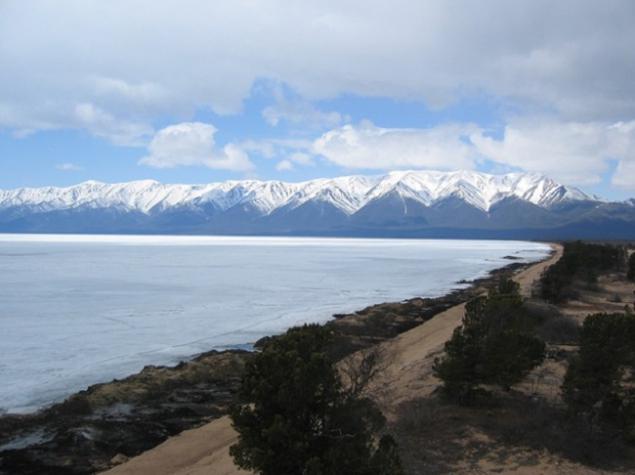
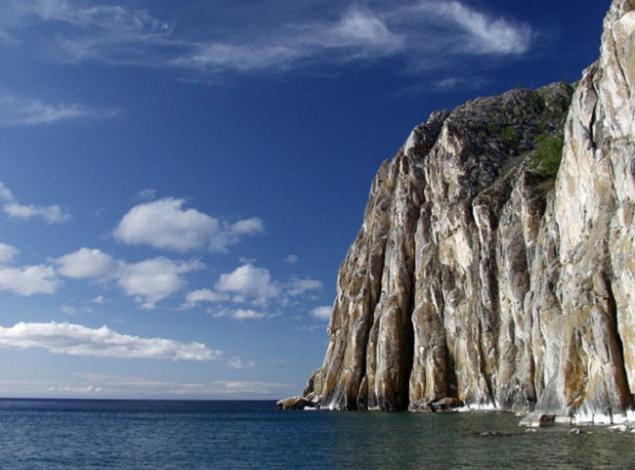
Big Bear Lake
The largest lake in Canada, which is located near the Arctic Circle. It is the outflow of the river Mackenzie. In the vicinity of the reservoir can be seen incredibly beautiful pictures.


Nyasa
The lake is at the same time in Africa, Mozambique, Tanzania and Malawi. Its area is about 30, 8 thousand. Km. sq., and the depth to 706 m. The banks are very high and rocky. This reservoir is very rich in fish, and yet there are crocodiles, hippos, banks have chosen different waterfowl.
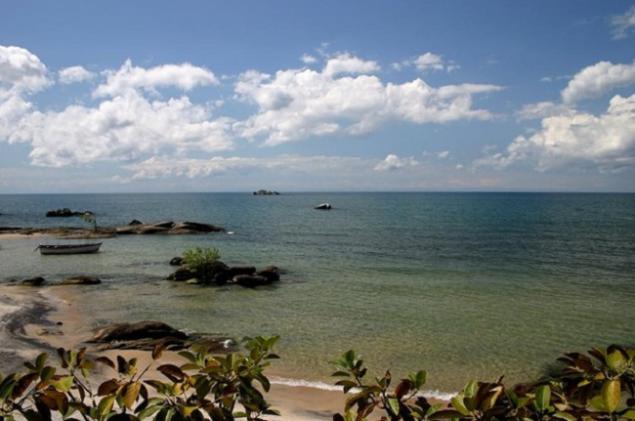
These incredible natural water storage amaze with its beauty and frighten the world, which is hidden in their depths. If you liked this information, and you think it useful, share it with your friends.
via ofigenno ru
The Caspian Sea
Despite its imprecise name, is the largest lake on the planet. It is located at the junction of Europe and Asia, and the title is obtained because of its enormous size. The shape of the Caspian Sea resembles the Latin letter S. The length of the coastline of the Caspian Sea is almost 7000 kilometers. Its maximum depth - 1025 meters. In this regard, it is second only to Lake Baikal.


Victoria
This lake is the third largest in the world in general and the second of freshwater lakes. It is at the same time in Tanzania, Kenya and Uganda. British explorer John Hanning Speke in 1858 opened the lake and named it in honor of Queen Victoria. The area of the reservoir 68 thousand sq. M. km, length 320 km, maximum width of 275 km. The north coast of the lake crosses the equator. In the vicinity of Victoria's 30 million people live.


Michigan
The area of the North American Lake about 57 750 sq. km. This is only one of the Great Lakes, which is located entirely within the United States. About four months of the year it is covered with ice. To have access to Lake Michigan, Indiana, Illinois and Wisconsin.


Huron
One of the North American Great Lakes, which is both in the US and Canada. It is located just north of Lake Michigan and connected with it the Strait of Mackinac. Huron area - about 59, 6 thous. Km. square (the second largest among the Great Lakes). This lake overlook Michigan and the Canadian province of Ontario. The name of the pond have given the French name of one of the Indian tribes.


top
The biggest, deepest and coldest of the North American Great Lakes, the second largest in the world, the largest in the world of freshwater. The origin of Lake Superior due to the melting of the ice sheet, which was formed at the receding number of large bodies of water, a lot of times to change its shape.


The Aral Sea
This salt lake in Central Asia, on the border of Kazakhstan and Uzbekistan. The last few decades, the water level in it is constantly decreasing due to the constant intake of water from the Amudarya and Syrdarya rivers for irrigation purposes. The water coming from the fields in the direction of the two rivers, caused deposits of pesticides and other hazardous chemicals at the bottom of the lake. Dust storms pick up and spread chemicals over long distances. Therefore, the locals get sick much of respiratory and other diseases.


Tanganyika
A large lake, which is located in Central Africa. It was discovered in 1858 by British travelers and J. R. Burton. Speke. The waterfront combine four countries: Democratic Republic of the Congo, Tanzania, Zambia and Burundi. The area of the lake reaches 34 thous. Km. sq. Its coast consists mostly of rocks. The lake is inhabited hippos, crocodiles, the local population is engaged in fishing, development of navigation. Living organisms are found in the lake just 200 meters in depth, is saturated with water and then concentrated hydrogen sulfide.


Baikal
The deepest lake of our planet. It is located in southern Siberia and has a tectonic origin. The lake and the area around it are unique in the number and variety of its flora and fauna. More than half of the lake is covered with ice. On all sides surrounded by mountain ranges Baikal.


Big Bear Lake
The largest lake in Canada, which is located near the Arctic Circle. It is the outflow of the river Mackenzie. In the vicinity of the reservoir can be seen incredibly beautiful pictures.


Nyasa
The lake is at the same time in Africa, Mozambique, Tanzania and Malawi. Its area is about 30, 8 thousand. Km. sq., and the depth to 706 m. The banks are very high and rocky. This reservoir is very rich in fish, and yet there are crocodiles, hippos, banks have chosen different waterfowl.

These incredible natural water storage amaze with its beauty and frighten the world, which is hidden in their depths. If you liked this information, and you think it useful, share it with your friends.
via ofigenno ru
10 largest lakes in the world. They are beautiful and dangerous at the same time!
Meet this loiu - the saddest cat in the world ... So I want to pick her up and cuddle!






